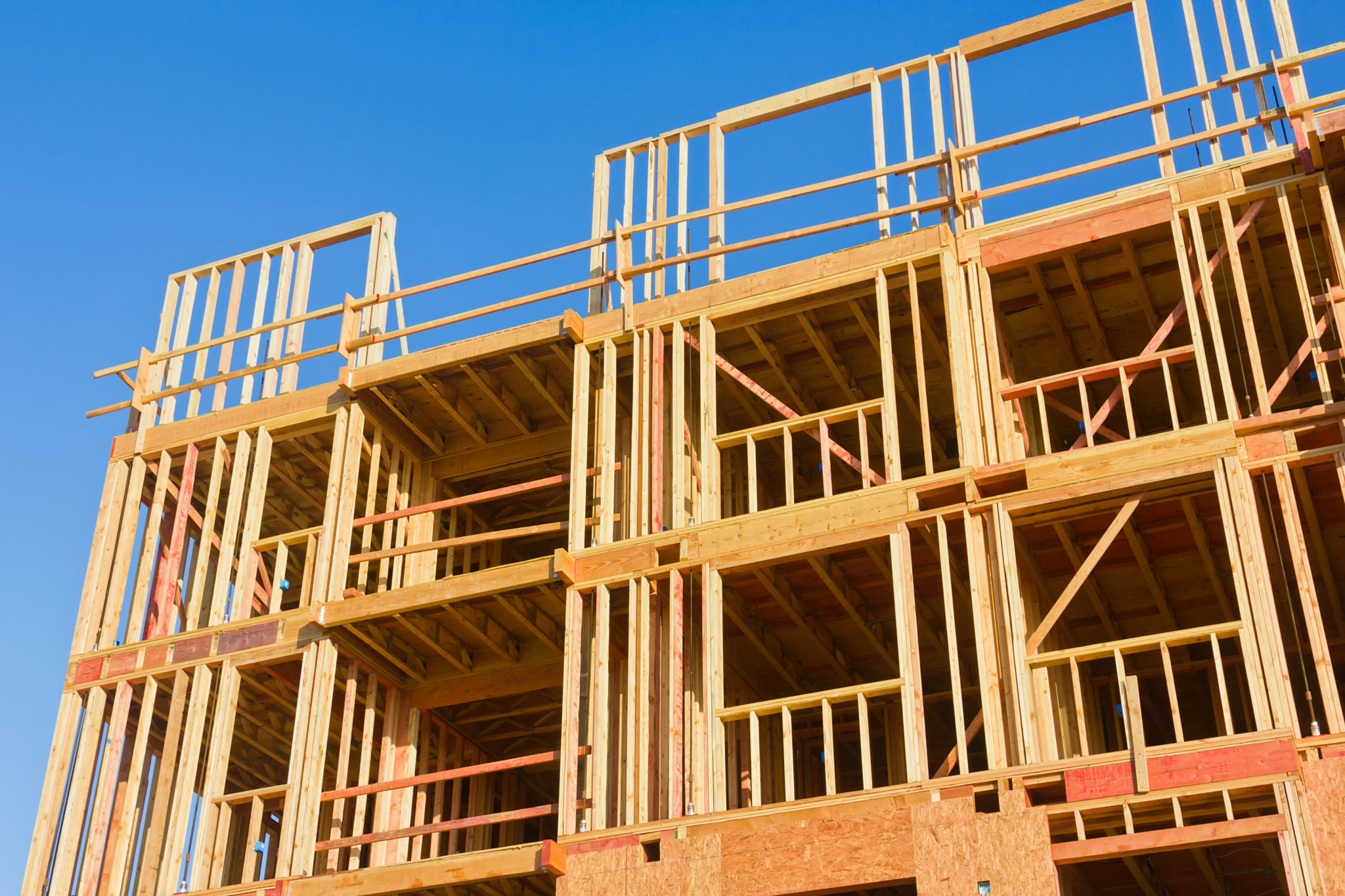Climate change and the UK construction industry
Published on 24th January 2020
As climate change continues to rise up public and corporate agendas, industries across the UK are assessing their roles and responsibilities.

This Insight will take a look at the role of the construction industry in contributing to climate change; what industry operators are doing in response; and what challenges and opportunities lie ahead.
Climate change and the built environment
Although climate change has been rising up the agenda for some time, there has been a marked shift during the past year, which saw Theresa May's government commit the UK to achieving net-zero carbon by 2050 and Parliament pass a climate emergency declaration. Attention is only going to increase, amid warnings such as that from Sir David Attenborough recently, that "the moment of crisis has come".
According to the UK Green Building Council, around 10% of the country’s carbon dioxide emissions are directly associated with construction activities. The number rises to 45% when taking into account the whole of the built environment sector.
Climate emergency declarations
Parts of the construction industry are already taking a lead in addressing the challenge. Globally, the World Green Building Council has issued a Net Zero Carbon Buildings Commitment, which challenges companies, cities, states and regions to reach net zero operating emissions in their portfolios by 2030 and advocates for all buildings in operation to be net zero in operation by 2050.
A number of UK construction industry professionals have made climate and biodiversity emergency declarations. These include established institutions such as the Royal Institute of British Architects, as well as collectives from UK structural engineering and UK architect professions who have come together to make joint declarations. Contractors have not collectively declared a climate emergency in the same way as architects and consultants, but many have made pledges of their own.
The UK Green Building Council has also recently launched its Climate Commitment Platform. The platform is intended to represent the building industry's response to climate change by mapping the climate commitments and carbon reduction targets of its members (which include a number of leading UK construction operators). It also provides a forum for clients, developers and contractors alike to detail their carbon pledges in a clear and unified way.
Setting a course for a net zero construction industry
Steps are being taken within the industry to encourage sustainable behaviours and to put tangible goals and measures behind the commitments that have been made. Some of the main areas of focus of these commitments are set out below.
Sustainable working practices and materials
Utilisation of existing sustainability options
There are a number of methods currently available to industry operators that could be used to achieve more sustainable construction. These include:
- Including life-cycle costing, whole-life carbon modelling and post-occupancy evaluation as part of the basic scope of work (rather than treating them as "extras"), to reduce both embodied and operational resource use.
- Collaboration between developers, designers, engineers, contractors and clients to further reduce construction waste.
Research and development of more sustainable materials and practices
The development of more sustainable materials (which contain lower embodied carbon) is high on the sustainability agenda for the construction industry. For example, the manufacture of cement is responsible for about 8 per cent of overall global CO2 emissions. Less carbon-intensive and more environmentally efficient methods of construction are also key to help drive efficiencies and the sustainability agenda.
Another major focus in improving long term sustainability of built assets requires a shift away from purely targeting delivery of the built asset and towards design for performance of that asset. Advances in technology, data capture and the use of Building Information Modelling (BIM) should all help with this evidence-based and performance-focussed design approach.
Digital tools, extensive databases and complex modelling can be used to generate algorithms that optimise a building's performance in operation and provide owners with a clearer basis for managing the sustainable performance of their building. Such digital modelling can also be used to rationalise free-form parametric geometry of complex structures and façades to create increasingly self-supporting structures that should in principle require less carbon intensive construction processes, components and resources.
Adoption of new sustainability metrics
The industry standards currently being used to help measure and certify sustainability are seen as useful in some circumstances. However, they mainly evaluate buildings based on their design, not their operation. Operational metrics are key to ensuring long-term sustainability of new assets. The recent Better Building Partnership’s Design for Performance initiative has sparked interest for this very reason and is often viewed as being better suited to the challenges of long-term sustainability than the UK’s current certification process.
Raising awareness and lobbying
Many within the industry have pledged to continue to raise awareness of the urgent need for climate change and biodiversity action amongst designers, developers, contractors, funders, investors and supply chains. As well as promoting change within the industry, there has been a commitment to lobby the government for higher levels of funding and policy change in support of these aims.
Government support for enhanced sustainability in construction is already translating into public policy. In September 2019 the Welsh government announced over £30 million for innovative housing in Wales – part of a £90 million fund to test new approaches to develop sustainable social and affordable housing.
The new UK government's first budget on 11 March 2020 should provide an insight into the government's policies for achieving its own target of net zero emissions by 2050 and is expected to include measures around increased investment in the sustainable development of homes, schools and hospitals.
The rise of ESG
While the industry is taking steps to develop more sustainable working practices, there is a corresponding growth in demand for more sustainable development options from employers and investors and the industry needs to respond to that demand.
Enhanced public awareness of climate change, including a growing understanding of the economic risks it poses, has caused environmental, social and governance (ESG) considerations to rise up corporate agendas, resulting in a shift in the perception of ESG factors from being one of a number of risks to be managed, to a significant driver that is informing company strategy for long-term growth. Traditional barriers to the adoption of more sustainable development, including perceived higher costs and a general lack of awareness, are being outweighed by the increasing importance of ESG in investment and procurement decisions.
It is now not only traditional financial metrics that are reported against, but also metrics which are linked to climate-related risk and responsible investment strategies. For example, the new streamlined energy and carbon reporting regime which came into force in April last year introduced new requirements on qualifying entities to disclose the annual emissions and underlying energy use for which they are responsible, as well as provide details of energy efficiency action taken by that entity in the preceding financial year. There are also suggestions that the (currently voluntary) climate-related disclosures that are recommended by the Financial Stability Board's Task Force on Climate-related Financial Disclosures will become mandatory for certain UK entities.
Osborne Clarke comment
While existing climate commitments within the industry are encouraging, action is needed to rise to the challenge posed by sustainability targets and declarations set by government, employers and the industry itself, and to align industry practices with wider public (and investor) sentiments.
Though the challenge is sizeable, positive steps can be taken through better working practices, smarter buildings and smarter cities, via a combination of education, investment, collaboration, innovation and by embracing emerging construction-technologies.
The next decade is likely to see a revolution in the way architects, engineers and contractors design and deliver buildings, with the advancement of technology and automation driving optimisation and efficiency of the design, delivery and operation of built assets. Much of this change will be geared towards lessening the industry's adverse impact on climate change.




